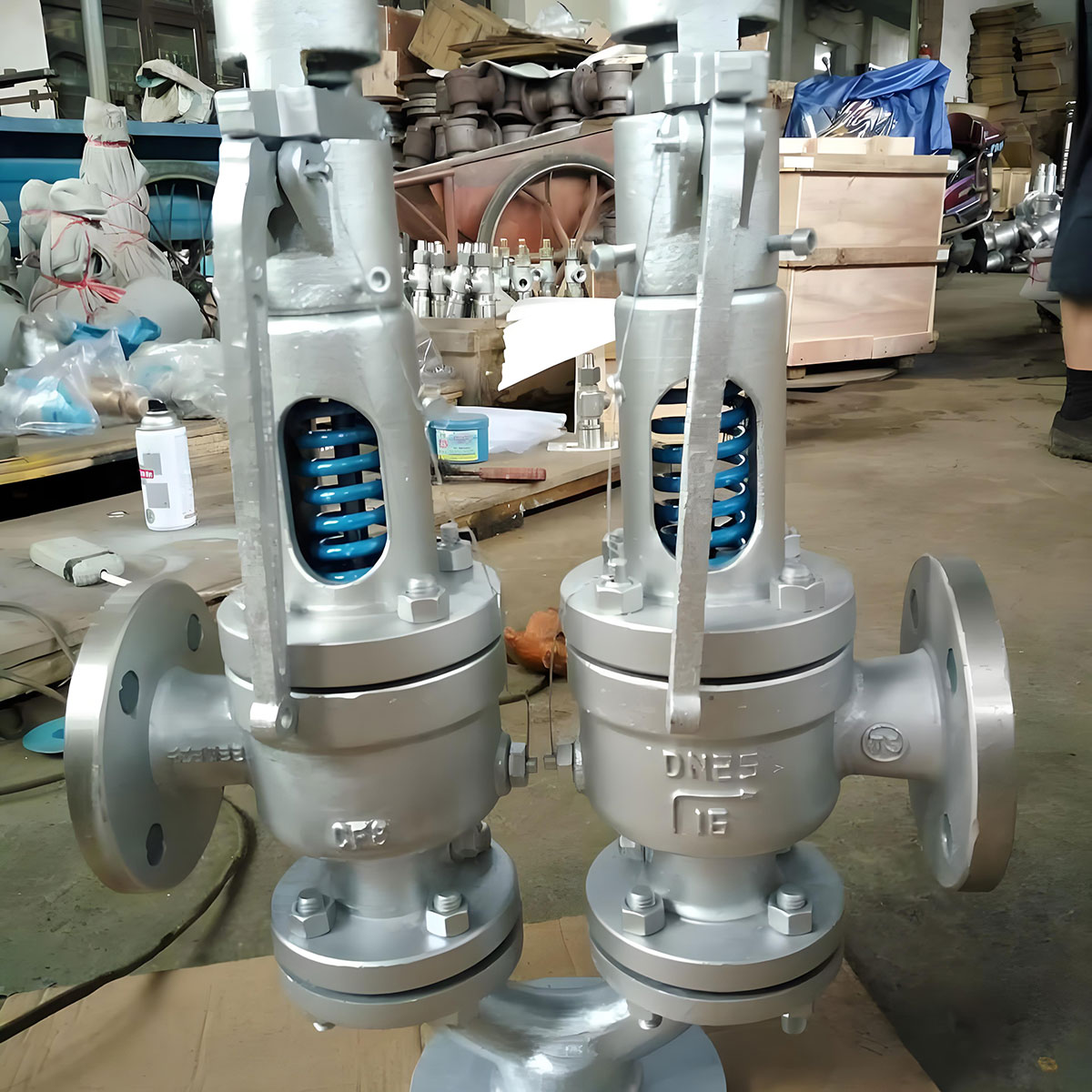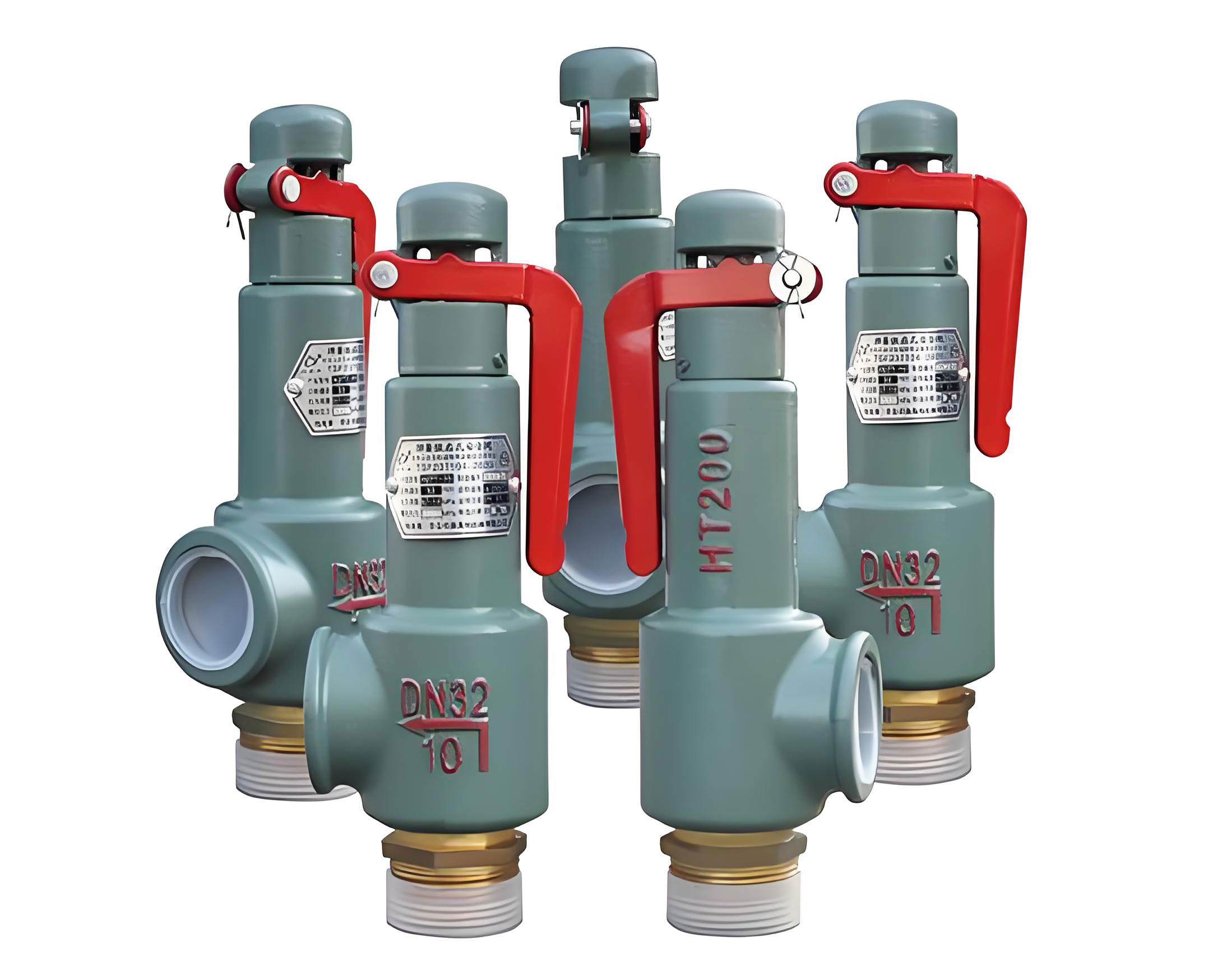Nominal pressure: This is the maximum allowable working pressure of the safety valve at room temperature. For safety valves used in high-temperature equipment, we do not need to consider the situation that high temperature will lead to a reduction in the allowable stress of the material, because safety valves are designed and manufactured according to the nominal pressure standard.
Opening pressure: Also known as rated pressure. This is the inlet pressure at which the flap of the safety valve begins to rise during operation. At this pressure, the flap will have a measurable opening height and the medium will be discharged in a continuous manner that can be perceived visually or audibly.
Discharge pressure: The pressure at the inlet when the flap reaches the specified opening height is the discharge pressure. The upper limit of discharge pressure needs to follow the national standards or codes.
Exceeding Pressure: The difference between the discharge pressure and the opening pressure will usually be expressed as a percentage of the opening pressure.
Back to seat pressure: after the medium discharge, the valve flap re-contact with the valve seat, that is, the opening height becomes zero when the inlet pressure.
Differential opening and closing pressures: the difference between the opening pressure and the seating pressure. This difference is usually expressed as a percentage of the opening pressure by the return pressure, but if the opening pressure is very low, sometimes the pressure difference between the two is used directly.
Back pressure: This is the pressure at the outlet of the safety valve.
Rated discharge pressure: According to the standard, the discharge pressure has an upper limit value, and this value is the rated discharge pressure.
Seal test pressure: The inlet pressure at which the seal test is performed. At this pressure, we measure the leakage rate through the sealing surface of the closing member.
Opening height: The actual distance of the valve flap from the closed position.
Flow path area: Minimum cross-sectional area of the flow path from the inlet end of the valve flap to the sealing surface of the closing member. This area is used to calculate the theoretical displacement when there is no influence of any resistance.
Runner Diameter: The diameter used to calculate the runner area.
Curtain area: the area of the cylindrical or conical channel formed between the sealing surfaces of the valve when the valve flap is above the valve seat.
Discharge area: the minimum cross-sectional area of the fluid passage when the safety valve is discharged. For fully open safety valve, the discharge area is equal to the area of the flow channel; for micro-open safety valve, the discharge area is equal to the curtain area.
Theoretical displacement: assuming that there is an ideal nozzle equal to the area of the safety valve flow path, its calculated displacement is the theoretical displacement.
Displacement coefficient: the ratio of actual displacement to theoretical displacement.
Rated displacement coefficient: the product of displacement coefficient and reduction factor (generally 0.9).
Rated displacement: in the actual displacement, allowed as a safety valve for the application of the benchmark part of the displacement is the rated displacement.
Equivalent calculated displacement: when the pressure, temperature, media properties and other conditions and the rated displacement of the same conditions, the calculated displacement of the safety valve is equivalent to the calculated displacement.
Frequent jumping: the valve flap of the safety valve moves back and forth rapidly and abnormally, and contacts the valve seat during the movement.
Fluttering: the valve flap of the safety valve moves back and forth rapidly and abnormally, but does not contact with the valve seat during the movement.



